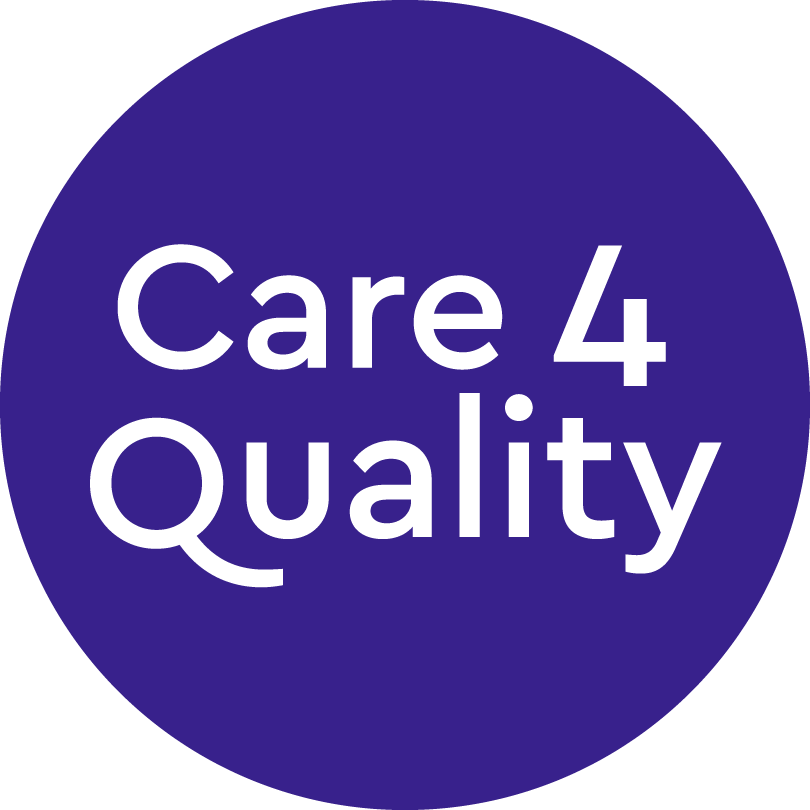This guidance applies from 8 March 2021 and replaces previous guidance on care home visiting. It applies to care homes for working age and for older adults.
Visiting is a central part of care home life. It is crucially important for maintaining the health, wellbeing and quality of life of residents. Visiting is also vital for family and friends to maintain contact and life-long relationships with their loved ones and contribute to their support and care.
This guidance sets out the government’s advice to support safe visiting:
- Every care home resident will be able to nominate a single named visitor who will be able to enter the care home for regular visits. These visitors should be tested using rapid lateral flow tests before every visit, must wear the appropriate personal protective equipment (PPE) and follow all other infection control measures (which the care home will guide them on) during visits. Visitors and residents are advised to keep physical contact to a minimum. Visitors and residents may wish to hold hands, but should bear in mind that any contact increases the risk of transmission. There should not be close physical contact such as hugging
- Residents with the highest care needs will also be able to nominate an essential care giver
Care homes can continue to offer visits to other friends or family members with arrangements such as outdoor visiting, substantial screens, visiting pods, or behind windows.
Care home visiting should be supported wherever it is possible to do so safely – supported by this guidance and within an environment set up to manage risks. Visitors and family members also have an important role to play – helping to keep their loved ones safe by carefully following the policies described in this guidance, and the practical arrangements that care homes put in place. Local system leaders such as the directors of public health (DPH) and directors of adult social services (DASS) have a key role in this partnership to support visiting.
In the face of new variants of the virus, we still need to be cautious to ensure we protect those most at risk in care homes while ensuring indoor visits can go ahead. While the vaccine is bringing much needed hope and protection, until more is known about its impact on transmission, residents and visitors should continue to adhere to all the infection control measures that are in place now.
It is not a condition of visiting that the visitor or the resident should have been vaccinated. However, it is strongly recommended that all visitors and residents take up the opportunity to be vaccinated when they are invited to do so through the national programme.
When the data shows it is safe, the government wants to go further and allow more visitors. At step 2 of the roadmap (no earlier than 12 April) the government will look carefully at the effectiveness of the vaccine for people living in care homes (and for the clinically extremely vulnerable generally), as well as levels of infection in the local community, especially of any new variants. The government will take a decision at that point on extending the number of visitors to 2 per resident, which was the approach in December prior to the national ‘stay at home’ restrictions coming into force, and set out a plan for the next phase of visits for people in residential care.
Each care home is unique in its physical layout, surrounding environment and facilities. Residents vary in their needs, health and current wellbeing. Care home managers are best placed to decide how their care home can best enable visiting in line with this guidance and in a way that meets the needs of their residents both individually and collectively.
Overview of visiting practice supported by this guidance
Key message
Visiting must be supported wherever and whenever it is possible and safe to do so – and a wide range of professionals have a role in supporting this, including care home managers, DPH and DASS.
As the default position, all care homes should seek to enable the different types of visits described in this section.
All care homes, except in the event of an active outbreak, should seek to enable:
- Indoor visiting by a ‘single named visitor’ for every resident. These visitors will need to take a rapid lateral flow test and test negative before every visit. They should minimise physical contact with residents. They must observe social distancing and PPE use, and follow all necessary infection control measures.
- In addition, where close contact personal care from a loved one is critical for the resident’s immediate health and wellbeing, arrangements for the visitor to provide that care should be made. These ‘essential care givers’ will be supported to follow the same testing arrangements, and the same PPE and infection control arrangements, as care home staff.
- Opportunities for every resident to see more people than just their single named visitor, by enabling outdoor visiting and ‘screened’ visits.
Visits by essential care givers and exceptional circumstances including end of life should always be enabled. The situation described for essential care givers is considered an exceptional circumstance and should therefore continue in the event of an outbreak unless there are specific reasons not to do so
In all cases it is essential that visiting happens within a wider care home environment of robust infection prevention and control (IPC) measures, including ensuring that visitors follow (and are supported to follow) good practice with social distancing, hand hygiene and PPE use.
In the event of an outbreak in a care home, the home should immediately stop visiting (except in exceptional circumstances such as end of life – and for essential care givers) to protect vulnerable residents, staff and visitors.
To read the full government guidance quoted in this article please click HERE
For a free copy of C4Q visitors protocol please click HERE
For a free copy of C4Q individual visiting plans please click HERE
For a free copy of C4Q consent form for testing visitors with LFT tests please click HERE

